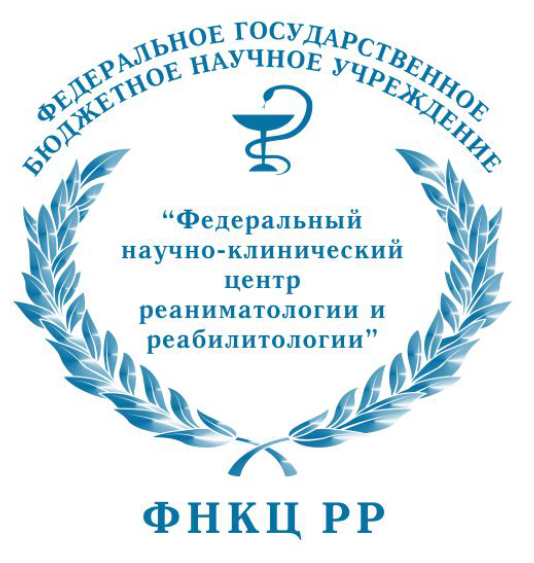
|
ИСТИНА |
Войти в систему Регистрация |
ФНКЦ РР |
||
Intramolecular proton transfers in channelrhodopsinsдоклад на конференции
- Авторы: Говорунова Е.Г., Spudich J.L., Wang J., Синещеков О.А.
- Международная Конференция : 15th International Conference on Retinal Proteins
- Даты проведения конференции: 30 сентября - 6 октября 2012
- Тип доклада: Стендовый
- Докладчик: Говорунова Е.Г.
- Место проведения: Ascona, Italy, Италия
-
Аннотация доклада:
Channelrhodopsins serve as photoreceptors that control motility behavior of green flagellate algae and act as light-gated ion channels when heterologously expressed in animal cells. Here we report direct measurements of proton transfer from the retinylidene Schiff base in channelrhodopsins. Photoelectric measurements in response to laser excitation in HEK293 cells reveal that this charge movement is most evident in CaChR1, a recently discovered channelrhodopsin from Chlamydomonas augustae. A large fast outwardly directed current precedes the passive channel current that has the opposite direction at physiological holding potentials. The current appears in < 30 microseconds after the flash, the time resolution of the measurements. This rapid charge movement is in agreement with the time scale of M intermediate appearance in microbial rhodopsins with an outwardly connected Schiff base and roughly corresponds to direct measurements of the rise of M in purified CaChR1. The reversal potential of this fast photocurrent is ~100 mV more negative than the near 0 mV reversal potential for channel activity current. We carried out a comparative analysis of the primary proton transfer in other channelrhodopsin variants and their mutants. We did not find any outwardly directed current in ChR2 from Chlamydomonas reinhardtii, which is a prerequisite for the outwardly directed proton pumping activity that has been suggested earlier. A possible role of such a proton transfer in channel activity, and implications for retinal protein evolution will be discussed.
- Добавил в систему: Говорунова Елена Геннадьевна